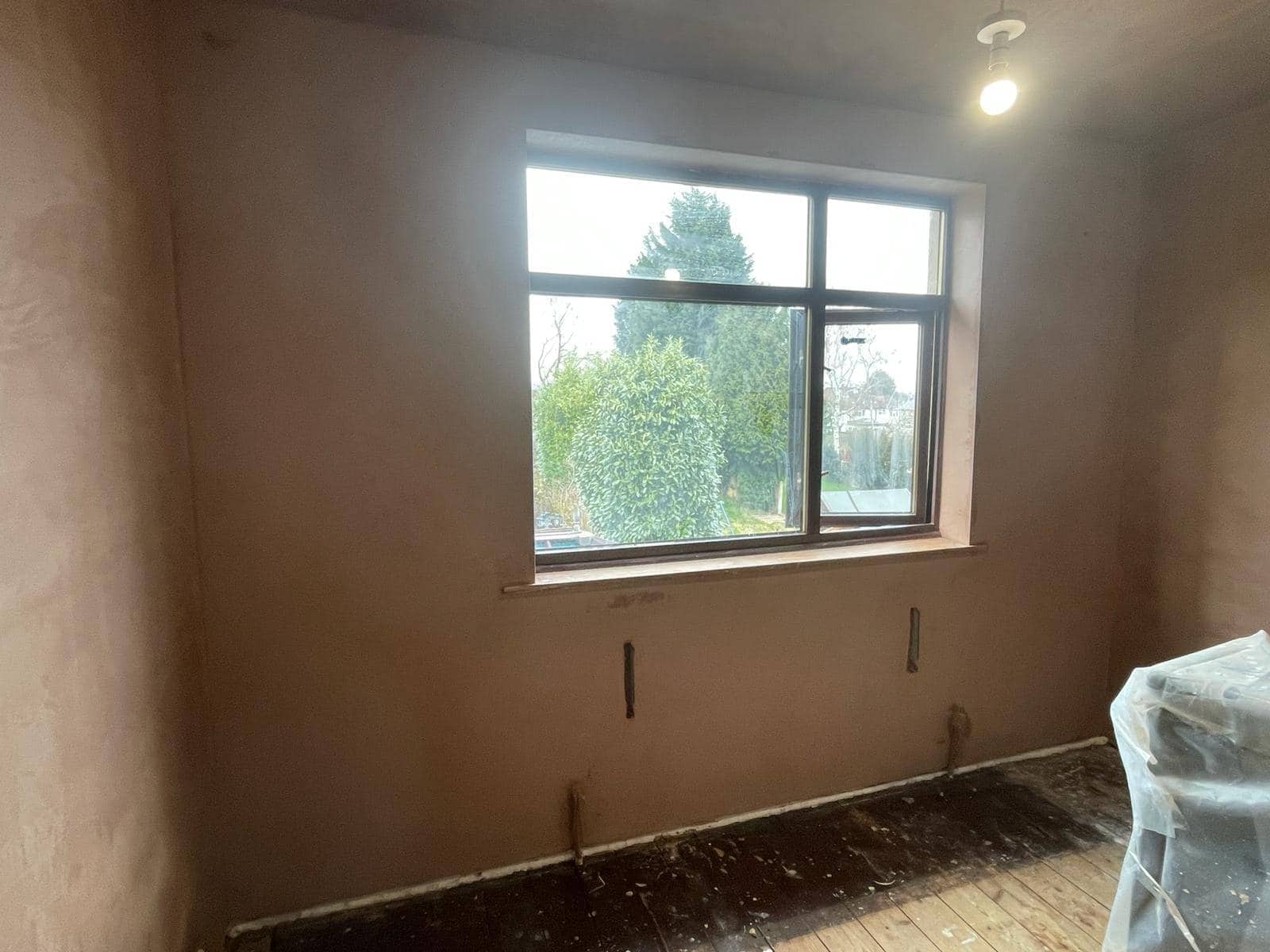
Call our team
01484 442420Find An Applicator
Menu
close

With a recent push towards green living, many people want to make their homes as eco-friendly as possible. Insulating your home is already beneficial to the environment as it reduces the amount of energy needed to heat your home. But there is more you can do to create a home that is environmentally friendly. Read on to find out the best environmentally friendly insulation.
You might think that all insulation is eco-friendly, given that it reduces energy use over time. However, many insulation materials, such as polyurethane, are types of plastic that produce toxic chemicals when they are manufactured. Plastics are also well-known for being harmful to the environment by taking centuries to break down.
There are many kinds of eco-friendly insulation that are green, while still just as effective as synthetic alternatives. Each of these materials has its own qualities that help your property in other ways, too…
Old plastic bottles and newspapers can be turned into insulation. This prevents them from going to landfill and requires fewer new materials to be gathered from the environment. Recycled insulation can be very affordable, while also helping to cut your energy bill.
Paper (or cellulose), denim and other fabrics can all be turned into recycled insulation, but the most common is plastic. It's very versatile, and can be brought in roll, board and loose-fill form.
Some recycled materials, such as cotton and cellulose, need to be treated with chemicals to make them resistant to water, pests and fire.
Fibreglass is widely available and affordable, making it easy to get hold of. It's made from thin strands of glass, with a texture similar to candy floss. Incredibly effective at insulating, fibreglass is fire-resistant and lasts for a long time.
However, the installation of fibreglass requires protective equipment, and can be dangerous. It's also worth noting that while fibreglass can be made of recycled glass, this is usually a relatively low proportion.
Spray foam is versatile insulation because it can be sprayed into an area of any shape. It can be made of recycled and renewable materials but isn't always, so make sure you do your research. Once sprayed, it seals the area and helps to reduce noise levels.
If you choose this insulation, it's important to hire a professional. If installed incorrectly, it can produce harmful gases that lead to respiratory illness. Spray foam is also so effective at insulating that it can make a room too airtight, so ventilation may need to be installed.
While these options don't reuse existing materials, they are sustainable and more likely to biodegrade after use. Many environmentally conscious companies aim to reduce the waste that they produce, by using low-waste processes or repurposing by-products.
Just as sheep can be sheared to make jumpers, this wool can be used to insulate homes. This is a renewable resource and doesn't cause any harm to the sheep when it is collected. Wool can improve your air quality by absorbing odours and neutralising pollutants. Not only this, but it's naturally fire-resistant and its breathable properties mean that it won't contribute to mould in your home.
Sheep's wool insulation is usually produced in sheet form.
Another versatile material, wooden fibres can be turned into both rolls and boards. They’re often made from the waste sawdust and chips from manufacturing other wood products. Unlike some other insulation types, its density means that it can help keep your home cool in the summer as well as warm in the winter. You also won't usually need to wear any protective gear when installing it.
Some wood fibre boards can be installed directly against walls or rafters without supporting frames, and sometimes even outside. This makes them extra effective, as there are fewer gaps between the boards.
Cork comes from the bark of cork oak trees that grow in Mediterranean countries. The bark can be removed from living trees and then ground down to produce cork-based products. There are then multiple ways to use this to insulate a home.
One of the most common forms of cork insulation is boards. Ground cork is heated to activate the natural binding agent that it contains, making sheets that vary from 10mm to 50mm in thickness.
If you're looking for an option that's thinner than boards, rolls might be the solution. They're typically around 5mm thick, making them suited to areas with limited space. They can even be used for underlay, to prevent heat loss through the floor.
For insulation that's both compact and efficient, SprayCork is the best option. Instead of coming in pre-cut shapes, it can be sprayed directly onto the desired area. As it can be applied as is, you don't need to worry about precise measurements. Unlike other methods, there is no adhesive required; the spray can be used on its own. This creates a smooth, flat surface.
Typically, rooms only require two 2-3mm thick coats on internal walls. However, it can also be used on the outside of buildings.
Cork insulation is sustainable, as no trees must be cut down. The bark is removed while trees are still standing and can then grow back. In fact, cork oak trees absorb the most carbon dioxide while their bark is growing back.
All of this makes cork an incredibly green option when choosing insulation. Not only is it an effective insulator, but many of its natural properties make it kind to the planet. For flexible, durable, fire- and water-resistant home insulation that can be manufactured in an ecological way, install cork insulation.
If you're looking for environmentally friendly insulation, SprayCork is the perfect fit. At CorkSol, we have a network of approved applicators who are fully trained with exclusive access to our products. SprayCork can be applied on the inside or outside of your property with excellent results every time.
Call 01484 442 420 or email [email protected] for more information.
"*" indicates required fields